One of our favorite aspects of our Big Read and Little Read programs are the community partnerships we’ve been able to establish with area schools, libraries, arts centers and museums, and non-profit organizations.
Little Read Story Walk
This year, we’ve been especially grateful for conversations, feedback, and insights from people at Gun Lake Tribe. One of the ways Gun Lake Tribe is partnering with us is through a Little Read Story Walk at Hawthorne Park in Holland. This event represents a celebration of partnerships as it also involves our friends at Herrick District Library and the Ottawa County Parks and Recreation.
The Gun Lake Tribe is a Band of Pottawatomi Indians of Michigan. The Three Fires Condeferacry of the Pottawatomi, Ottawa, and Chippewa originally comprised the Great Lakes territory. The Tribal Government is housed at the government campus in Bradley, MI, the Tribal Nation’s capital.
Gun Lake Tribe is focused on, “continuing to provide education and information about the history and culture of the Match-E-Be-Nash-She-Wish Band of Pottawatomi Indians so that these traditions and beliefs may continue to be passed down to future generations.” We encourage our Lakeshore readers to learn more about Gun Lake Tribe by going to their website.
Herrick District Library is also working hard to make this event a success. Herrick District Library is located on South River Avenue in Holland, MI. They offer programs and classes for all ages, meeting space, small business counseling, and friendly staff. Herrick District Library also hosts awesome events like the Little Read Community Cookbook and Author Event with Angeline Boulley, who wrote Firekeeper’s Daughter. Learn more about their events and services here.
Lastly, the Ottawa County Parks and Recreation are partnering on this event. The Ottawa County Parks and Recreation offers nature programs and volunteer opportunities for all ages throughout the year. They also help promote our parks and the natural beauty of the area. Use this link to learn more about the Ottawa County Parks and Recreation.
The Little Read Story Walk displays this year’s Little Read Lakeshore book Fry Bread: An Native American Family Story. Participants can read page by page as they walk the beautiful trails of Hawthorn Pond Natural Area, an area previously occupied by the Three Fires Confederacy.
The concept of a story walk is that it is an outdoor reading experience with a children’s book. The pages of the book are laminated and placed on wooden stakes along a walking trail.
We’re thrilled to have two Story Walk events in our Little Read program this year. The one at Hawthorne Park is available for exploration now through October 17 anytime the park is open.
StoryWalk® at Central Park: Fry Bread: a Native American Family Story!
Kevin Noble Maillard’s book Fry Bread will be posted on signs along the path for your family to read together. Stroll along this walk from Monday, November 8, through Sunday, November 14, until 5 pm. Your walk will take you on a paved, stroller-friendly loop through the park.
This event is part of a StoryWalk® series created in partnership by Loutit District Library, Spring Lake District Library, the Tri-Cities Historical Museum, Ottawa County Parks & Recreation, the Village of Spring Lake, the City of Grand Haven, and NEA Big Read Lakeshore. LDL StoryWalks® are made possible through the generosity of Carol Alexander and Kevin Carbary.
Loutit District Library can be found in Grand Haven, MI, and aims to expand horizons, enriching minds, and engage the community. Did you know Edward P. Ferry, a mining investor, opened a room above his office on First Street for the purpose of reading and lending books? He became the President of the Grand Haven Library Association in 1882, which served as the first effort to establish a public library.
Spring Lake District Library is located in Spring Lake, MI. Their mission aims to, “connect and strengthen our community through a welcoming environment open to everyone, providing access to a wide variety of materials and experiences.
Tri-Cities Historical Museum is located in Grand Haven, MI, and is open for visitors Tuesday-Friday from 10a.m. to 5p.m. and Saturday and Sunday from 12 p.m. to 5 p.m. The Tri-Cities Historical Museum values inclusiveness, adaptability, stewardship, and wonder.
A special thank you to all of the partners and cities that make the Little Read happen. We hope to see you at the Little Read Storywalks this November!









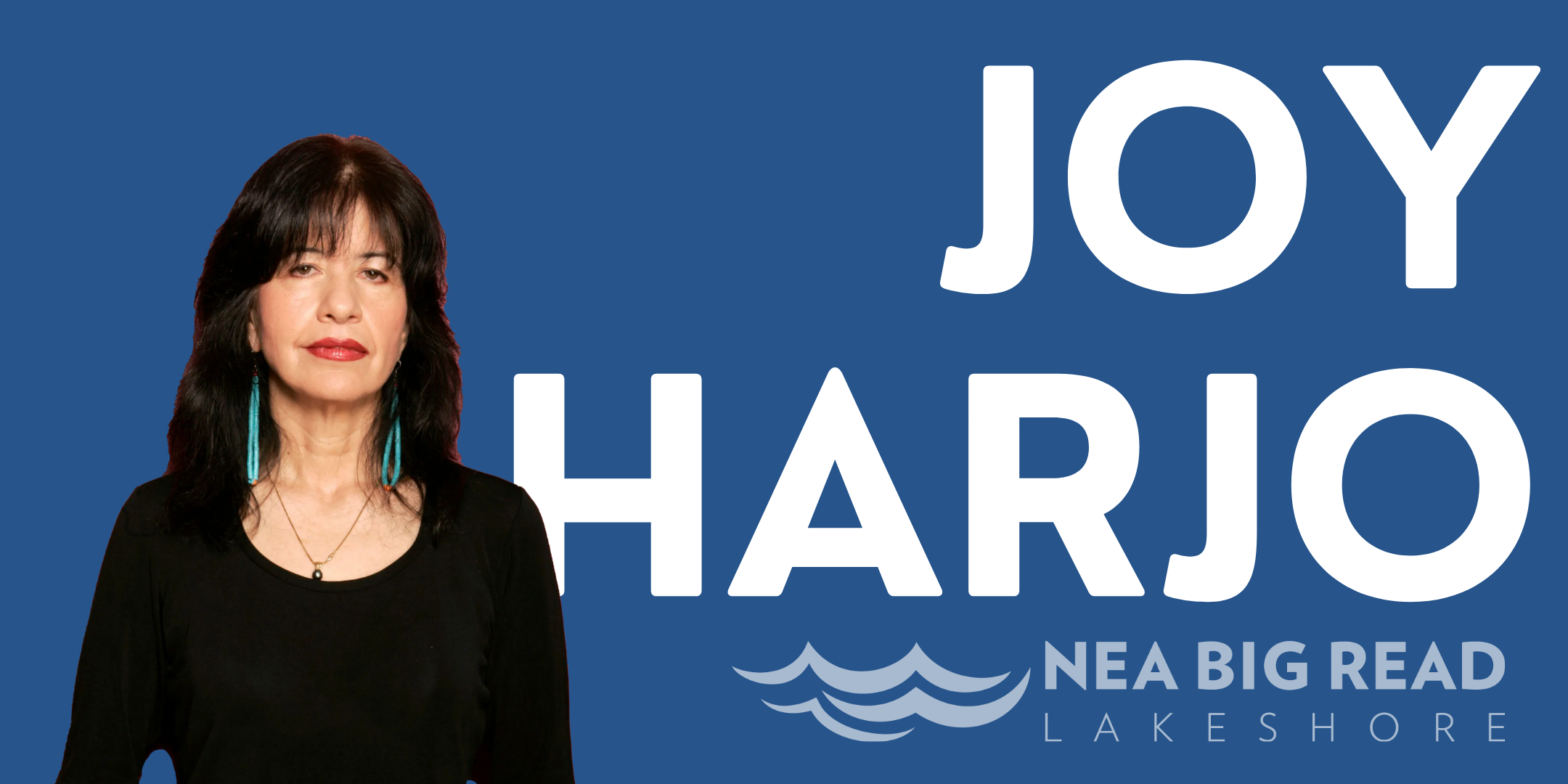
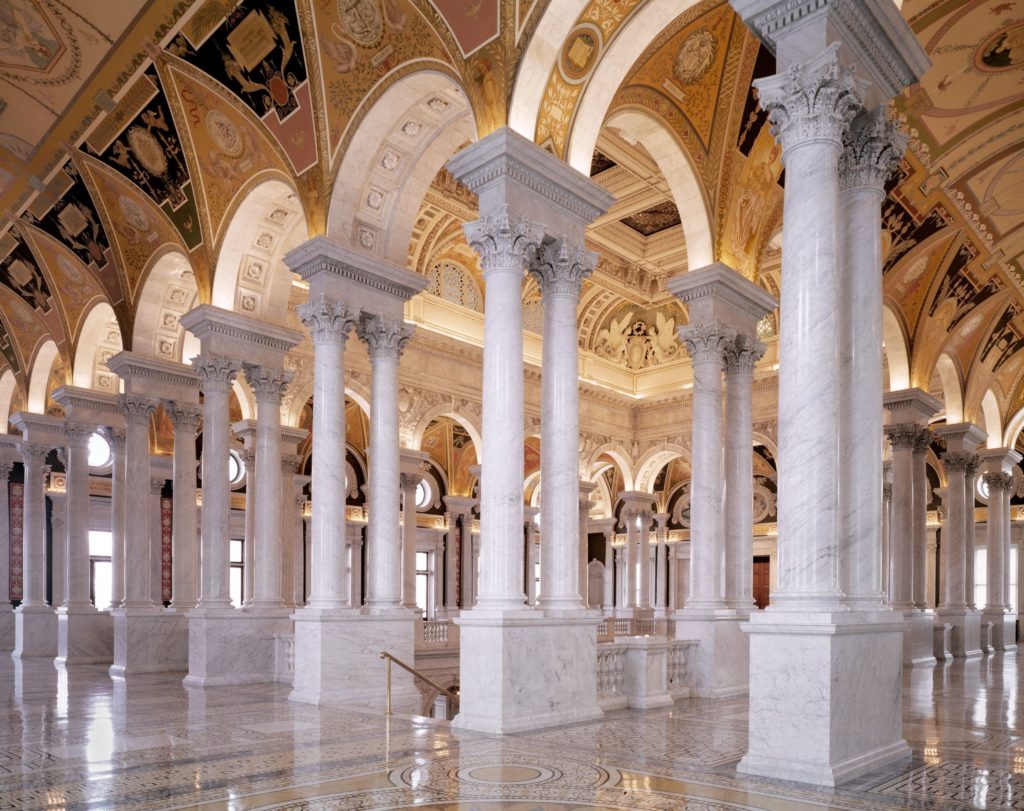


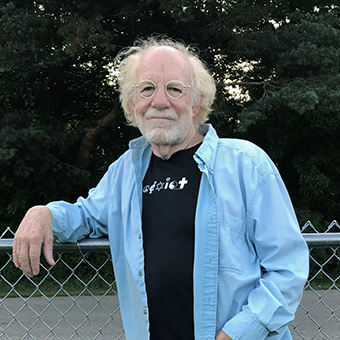
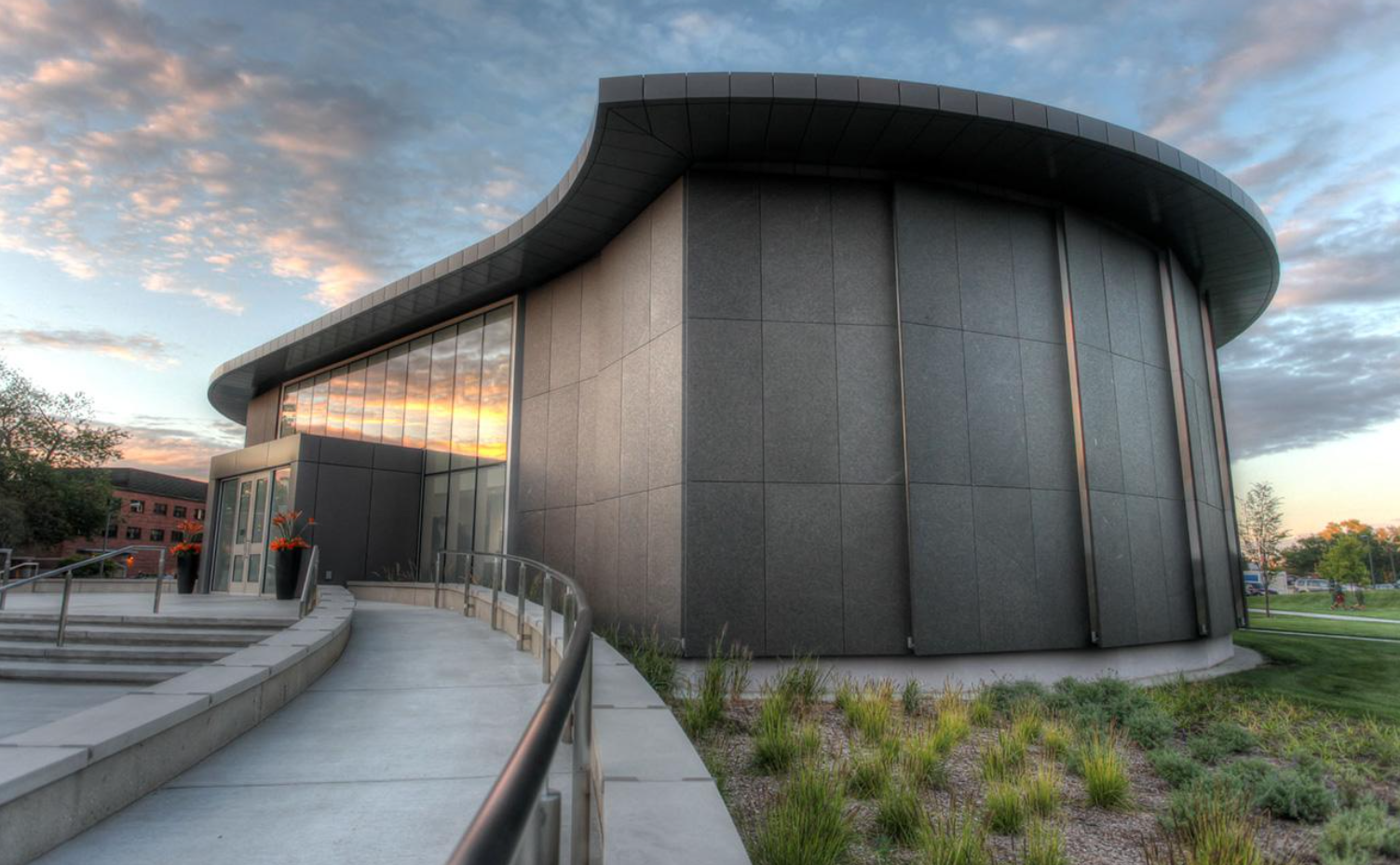

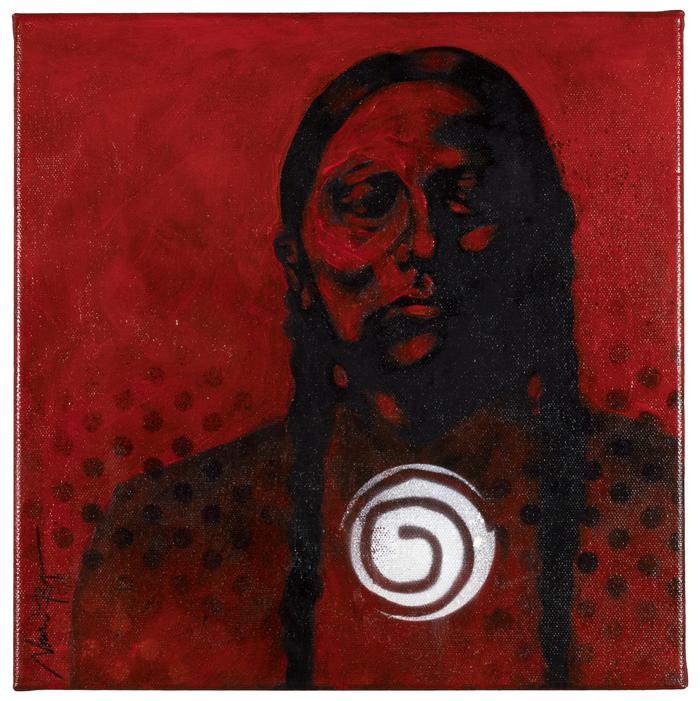

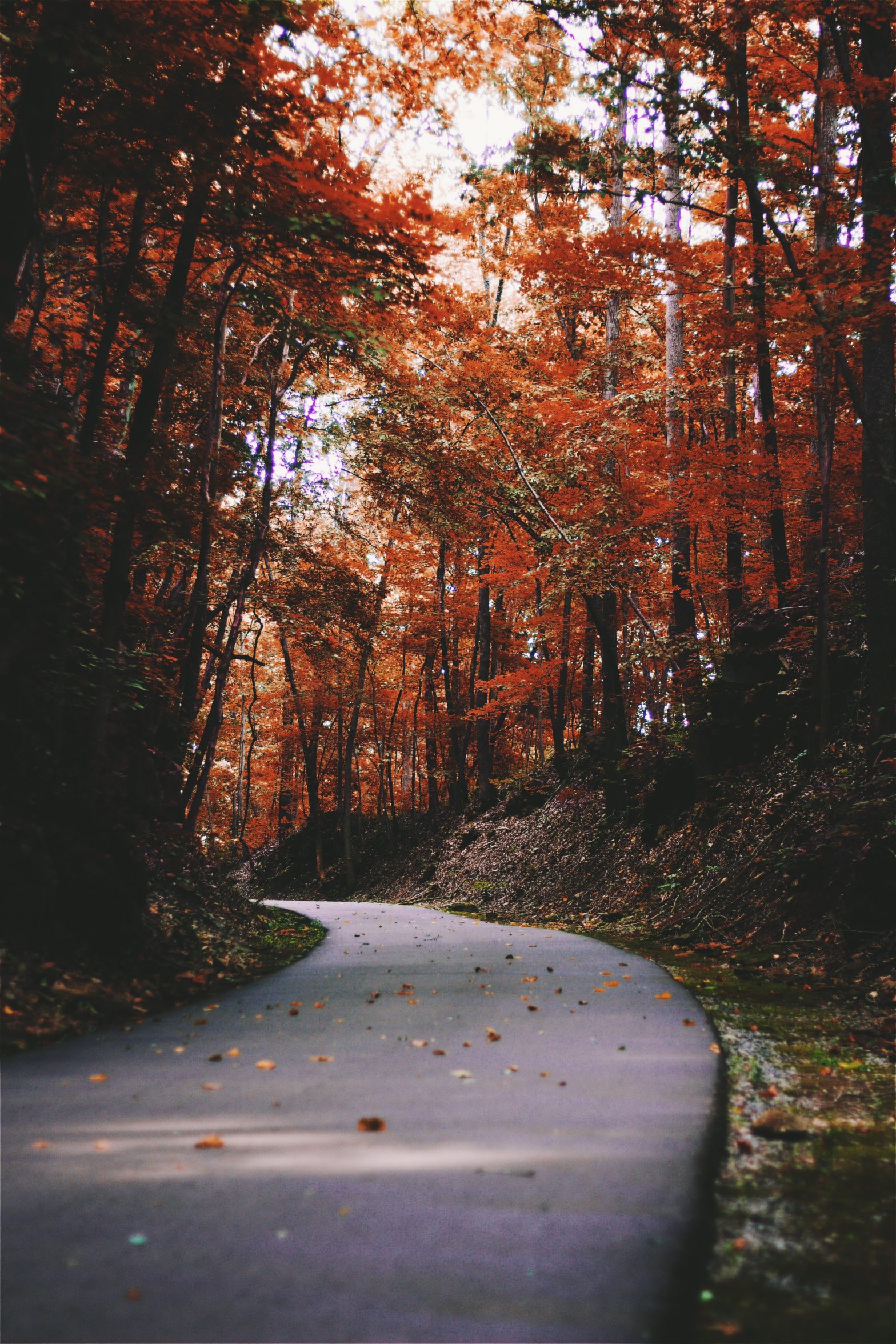

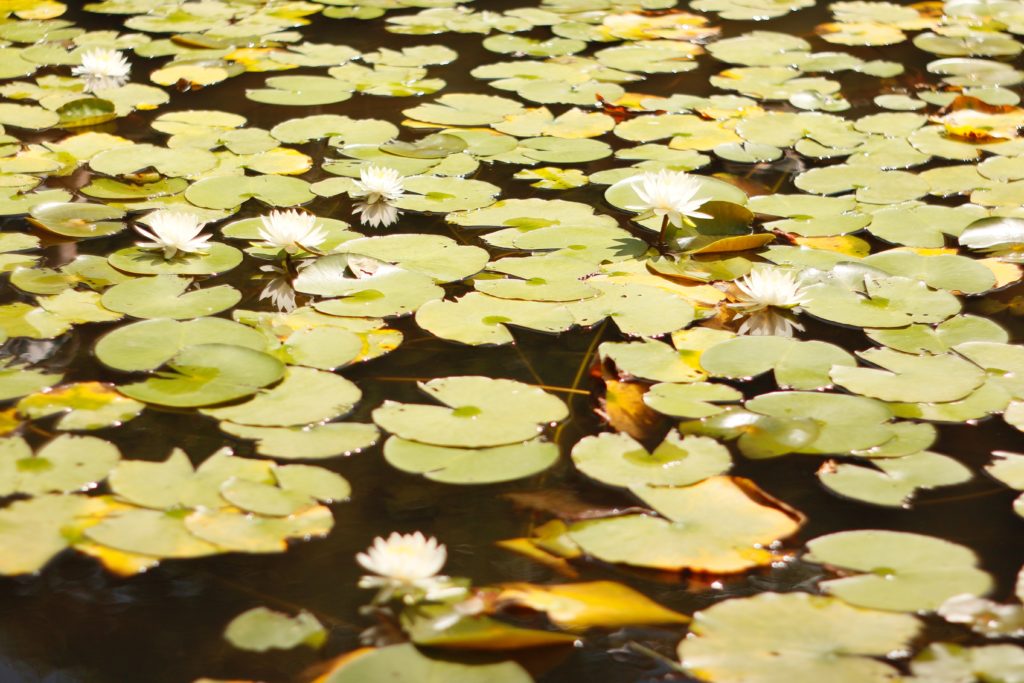

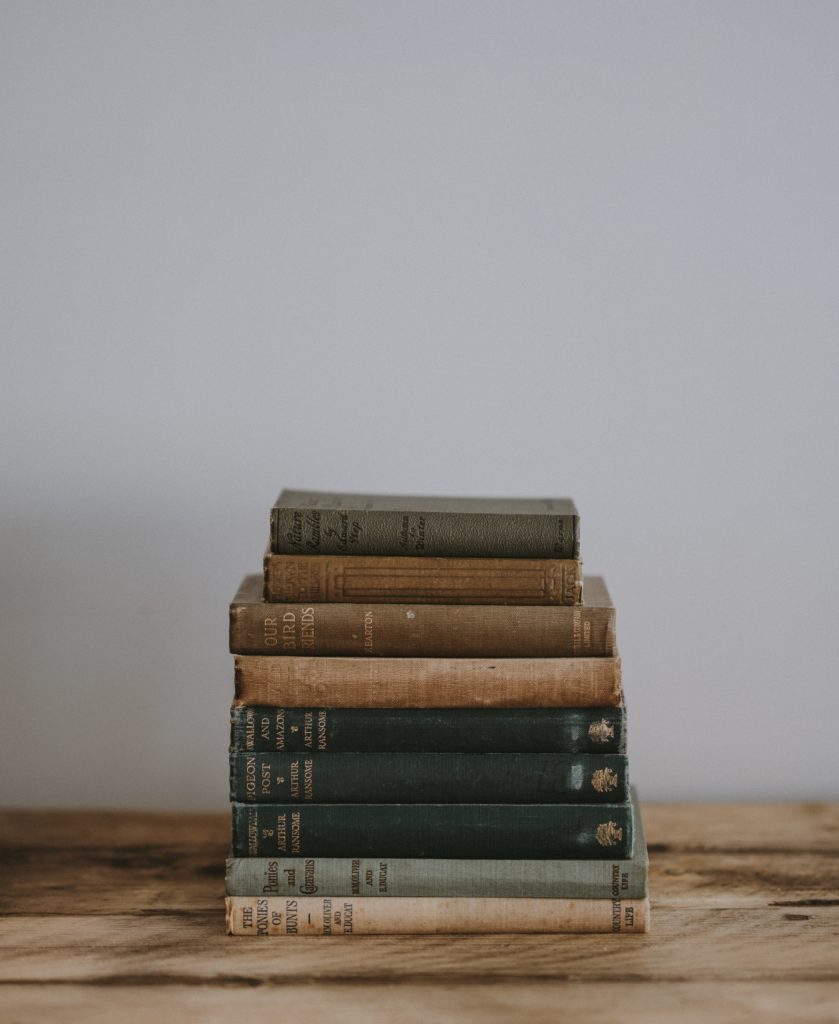
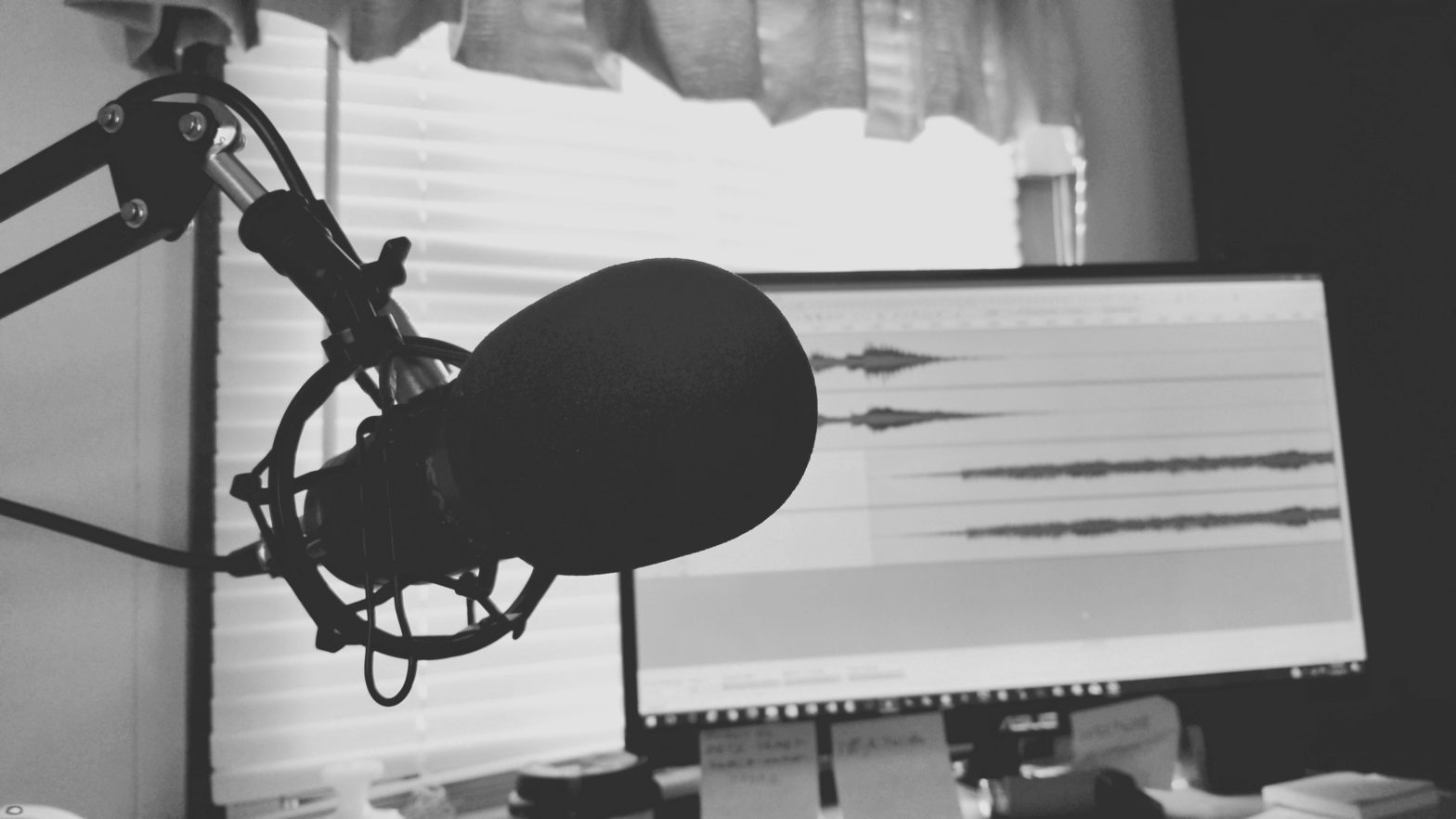
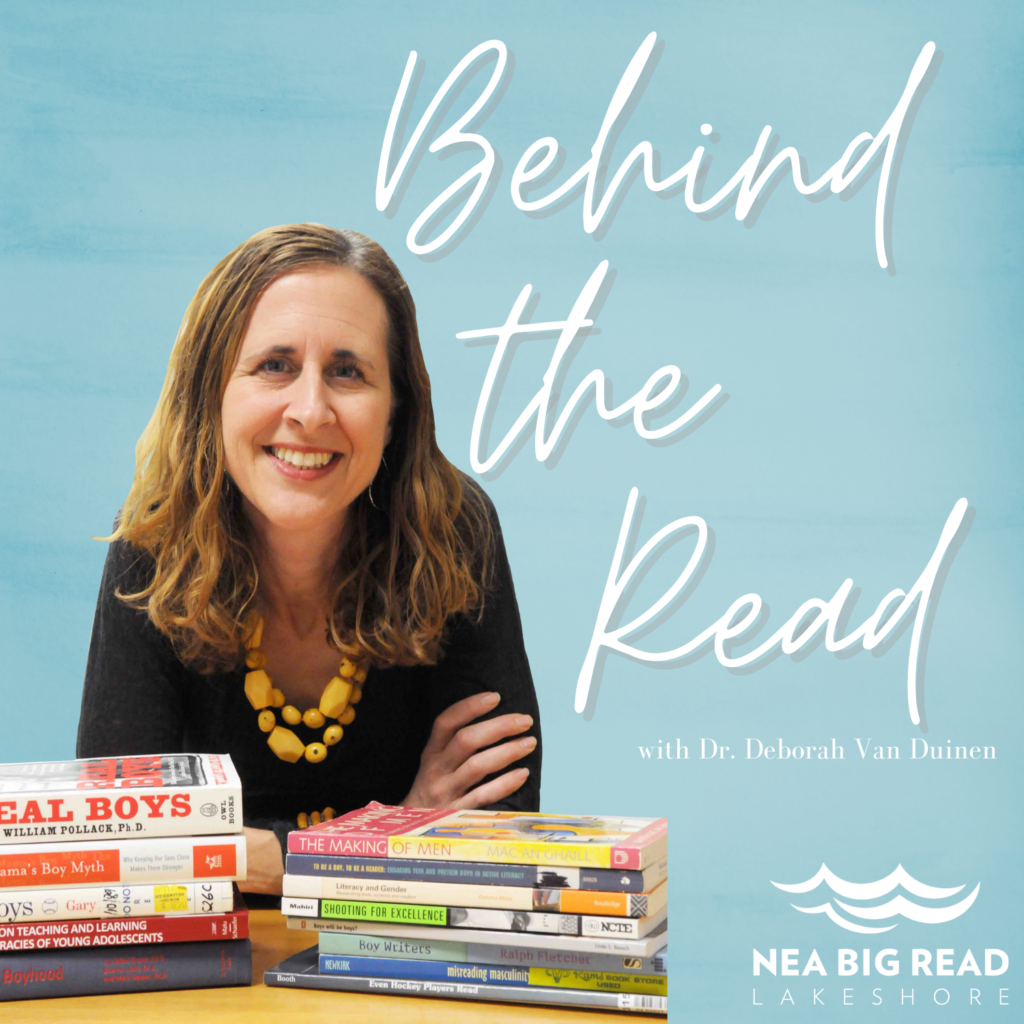






![Soldier, Lydia Whirlwind 1942- [WorldCat Identities]](https://blogs.hope.edu/thebigread/wp-content/uploads/sites/26/2021/08/image-1.jpeg)